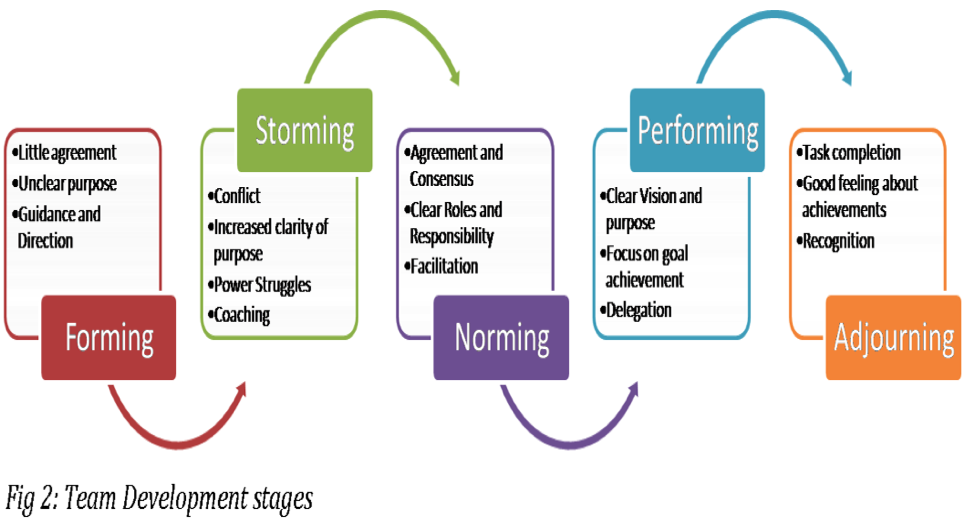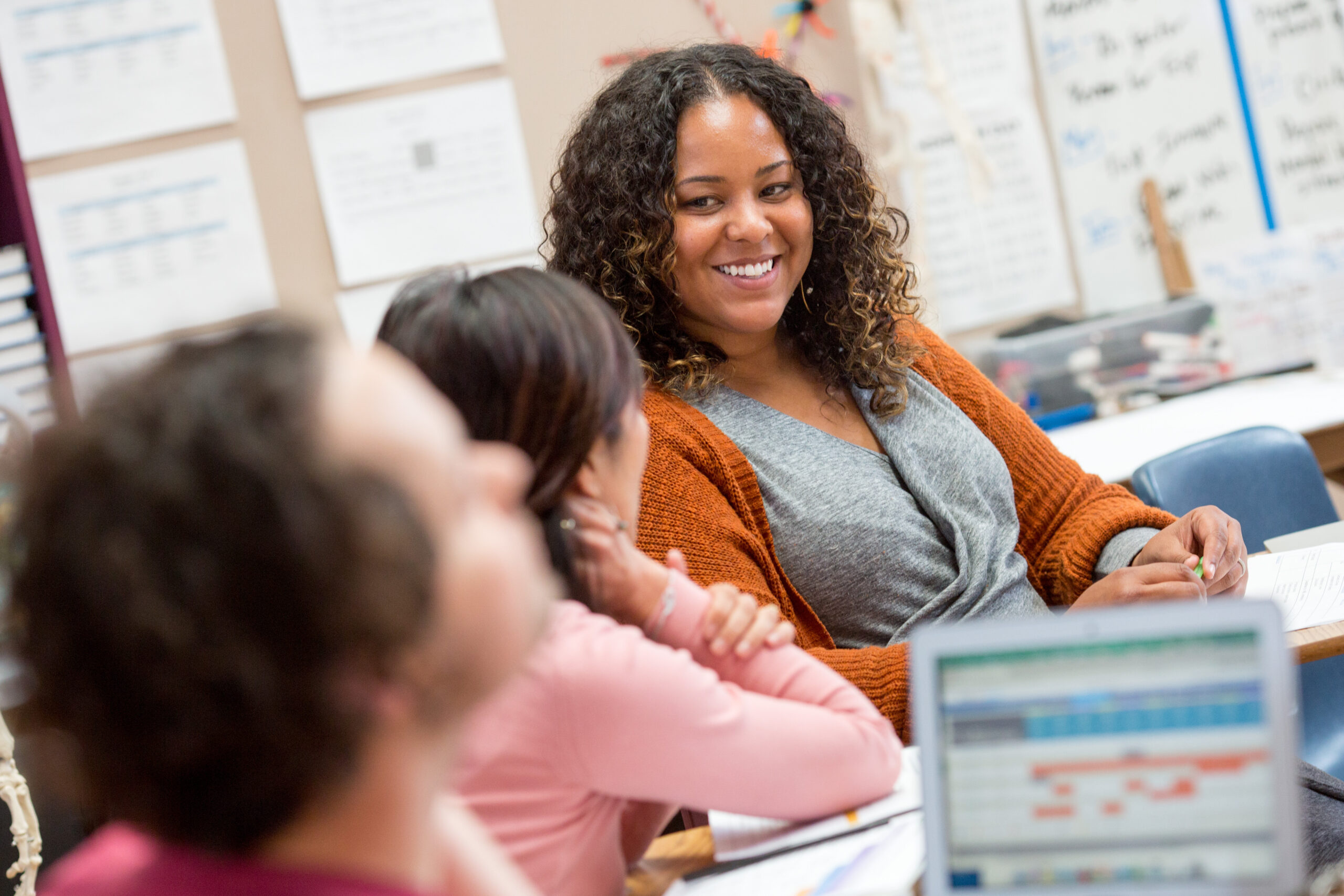Whether you are an educator in the traditional classroom or teach virtually, it is important to develop safe, responsible and healthy habits as students engage with learning, each other and educational technology tools in and outside of the learning environment. The beginning of a fresh school year is the perfect opportunity to do all this with the development of norms and expectations. If you develop norms and expectations, students will be more engaged, productive and safe within their virtual and traditional learning environments.
So, what are norms? Consider what you believe are the characteristics of a “good student”. Take ten (10) minutes and list these characteristics. If you were to ask your students to do the same, what would a master list look like? What characteristics would rise to the top? This list is the material for creating class norms. But a list of norms is not enough.
Differing from rules that are typically created by teachers and are most effective when presented on the initial day, norms represent “an agreement among members of a classroom or school about how they will treat one another,” according to Gary Borich, professor of educational psychology at The University of Texas at Austin. There are three types of norms: those that pertain to safety and health (i.e., no shoving), moral norms (help peers) and discretionary norms (clean your desk before leaving for the day).
ESTABLISHING YOUR NORMS
As the teacher, you have established clear goals and expectations (the “non-negotiables”) for your students and the management of your classroom/learning environment. Introducing students to the concept of co-creating norms, however, is an additional layer. Students who are partners in composing these norms experience a greater level of ownership, participation and engage in more mutually respectful and cooperative relationships. Thus, the most successful class norms are more likely to be created in collaboration between teacher and student.
Group development is not an easy task to navigate, especially with students. However, group development has been found to happen in five stages, regardless of the culture, language or purpose of the group: forming, storming, norming, performing and adjourning. Teachers need to allow the first two stages to occur before facilitating the classroom norming process. Here are brief descriptions of those stages:

- Forming – Individuals feel apprehensive about gaining approval, leading them to act with caution.
- Storming – Amidst certain conflicts, dominant members come to the forefront. There is a concerted effort to clarify roles and establish the group’s purpose.
- Norming – Members become increasingly united and reliant on each other; communication, trust and a sense of camaraderie enhance.
- Performing – Productivity and self-sufficiency thrive as members collaborate to solve problems and achieve group goals.
- Adjourning – The team disperses. This can occasionally pose challenges.
When introducing a class to the norming process, state that the objective is to develop a class culture that promotes academic achievement. Activities, such as a Problem/Norm T-chart, can help facilitate the conversations you have with students around developing your shared norms.
EXAMPLE PROBLEM/NORM T-CHART
| In the previous school year/semester/ during the last two weeks…what has interfered with your learning? | What reasonable norms could prevent that from occurring in this class? |
|---|---|
| 1. When students laugh at kids who make a mistake, we are reluctant to participate in class discussion. | 1. Create a class that is a gloat-free zone where we embrace our mistakes as learning opportunities. |
| 2. | 2. |
| 3. | 3. |
| 4. … | 4. … |
After a span of 10-15 minutes, distribute a compilation of potential problematic areas and inquire whether they have been tackled in each group’s T-chart. If not, guide students to continue creating additional norms to address these matters.
TWO EXERCISES THAT CAN SUPPORT THE NORMING PROCESS
Exercise #1: What You Should Know About Us?
Purpose: Help learners accommodate classmates’ needs.
Before norming day, ask students about themselves. What gets them excited? What do they enjoy? What challenges them in class, etc.? What do their all time favorite classes look like? Sound like, etc.?
Exercise #2: What Have You Heard? (recommended for middle and high)
Purpose: To control the unfocused spread of perceptions and solidify more effective norms.
During the first class, ask students to share what others have said about your teaching or class. Collect and sort the comments into categories. Then address the most common perceptions. Which ones are correct? Which beliefs should be dispelled?
Does the norming process take time? Yes. When students share important values, beliefs and goals, they accomplish more.
Once you create your norms, you need to teach students what those norms mean, what it looks like in action and be prepared to continue to go over these norms until they become, well, “normal” everyday habits.
DEVELOP THOSE NORMS AND ROUTINES AND PRACTICE, PRACTICE, PRACTICE!
Remember to consider your own expectations throughout all this. Determine your instructional priorities. What can realistically be accomplished? What will be the impact on students’ ability to meet those expectations?
IN TERMS OF LEARNING
Some of these “norms”, however, will be up to you alone to determine. Co-creating your norms in alignment with your expectations for your class(es) will foster trust, ownership, build a culture of engagement and foster both independent and collaborative learning and teaching—but that does not alleviate the concerns for teachers when implementing learning strategies in how to manage the students.
Stay tuned for Part 2!

This blog highlights excerpts from the Virtual Schools Network Connection and School Engagement Resource Toolkit. To learn more about the Virtual Schools Network, go to go.ncsu.edu/vsn.

- Categories:



